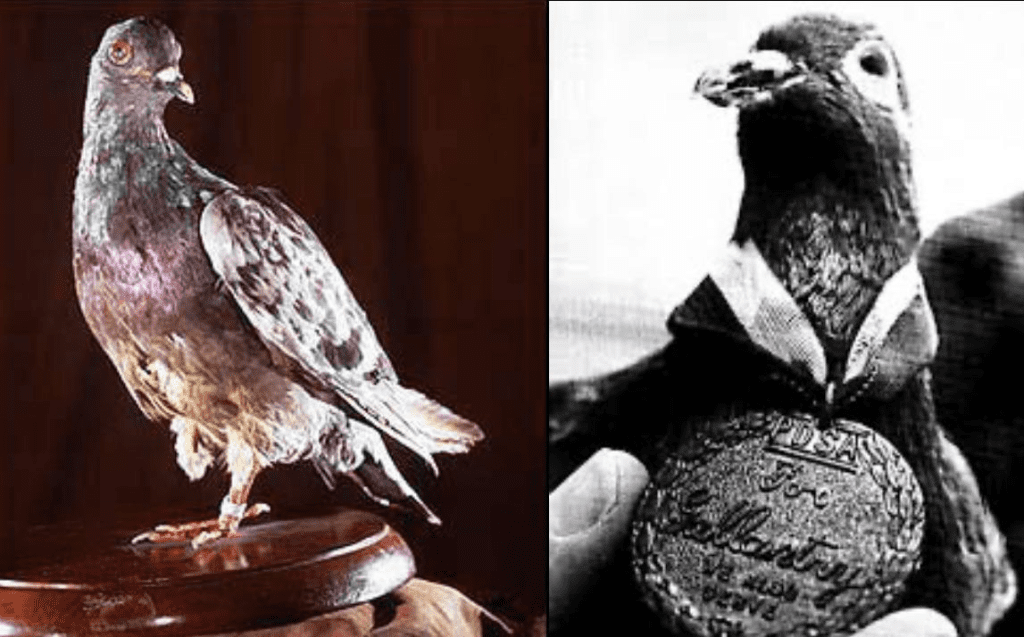In the brutal trenches of World War I, communication was often a matter of life and death. Radios were primitive, field phones unreliable, and messengers on foot could be cut down in a heartbeat. When every other method failed, armies turned to one of the most unexpected heroes of the battlefield: the homing pigeon.
Among these airborne messengers, none became more legendary than Cher Ami, a pigeon who defied bullets, blood loss, and the odds to save nearly 200 American soldiers. His story is not only one of courage but also a reminder that even the smallest beings can play an enormous role in human history.
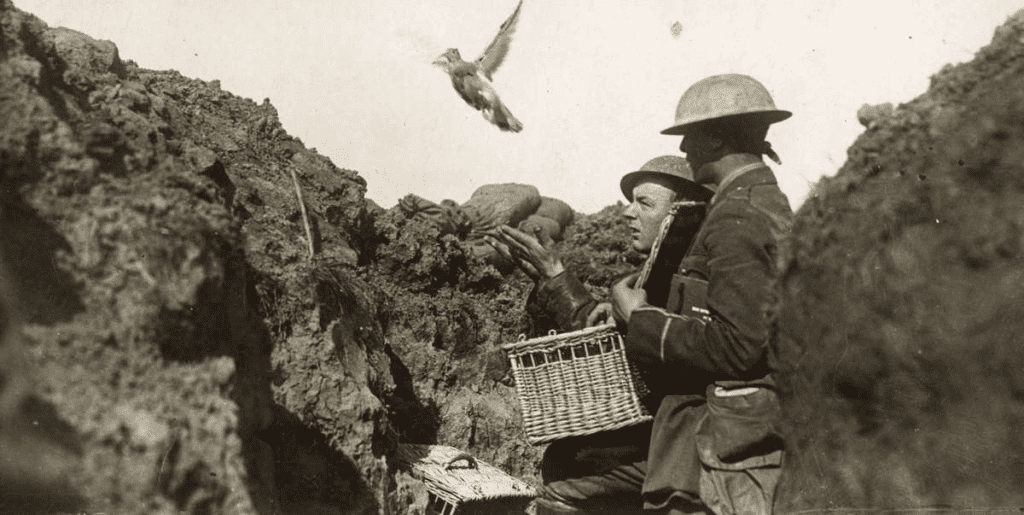
The Lost Battalion and a Desperate Situation
In October 1918, during the Meuse-Argonne offensive in France, over 550 men from the U.S. 77th Infantry Division found themselves trapped behind enemy lines. Surrounded by German forces and cut off from support, these soldiers became what history would later call the “Lost Battalion.”
To make matters worse, their own artillery units, unaware of their exact location, began shelling them by mistake. Radios were down. Runners were killed before they could reach help. The men were starving, wounded, and hopelessly pinned down in the Charlevaux Ravine.
Only one chance remained: a carrier pigeon with a message tube strapped to its leg. That pigeon was Cher Ami.
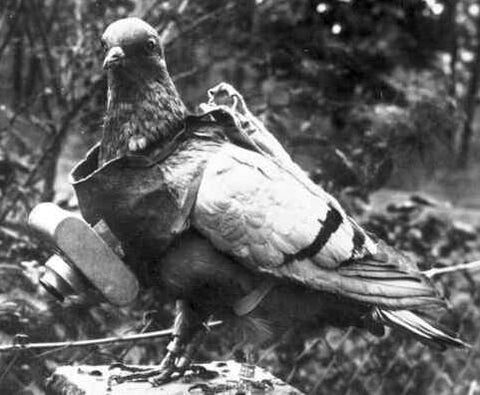
Flying Through Fire: Cher Ami’s Final Mission
On October 4, 1918, the commanding officer of the Lost Battalion attached a desperate note to Cher Ami’s leg. The message read: “We are along the road parallel 276.4. Our own artillery is dropping a barrage directly on us. For heaven’s sake, stop it.”
Video:
The PIGEON That SAVED Hundreds of LIVES 🕊️🎖️ (Cher Ami)
Cher Ami took flight through gunfire, smoke, and chaos. But shortly after launching into the air, he was hit. A bullet tore through his chest, he lost sight in one eye, and his leg the one holding the message was nearly severed. Still, he flew.
Despite his wounds, Cher Ami traveled over 25 miles in just under half an hour. He reached his loft and collapsed, but the message was intact. The coordinates allowed commanders to halt the friendly fire, saving the remaining men of the Lost Battalion.
Thanks to that one heroic flight, over 190 soldiers survived.
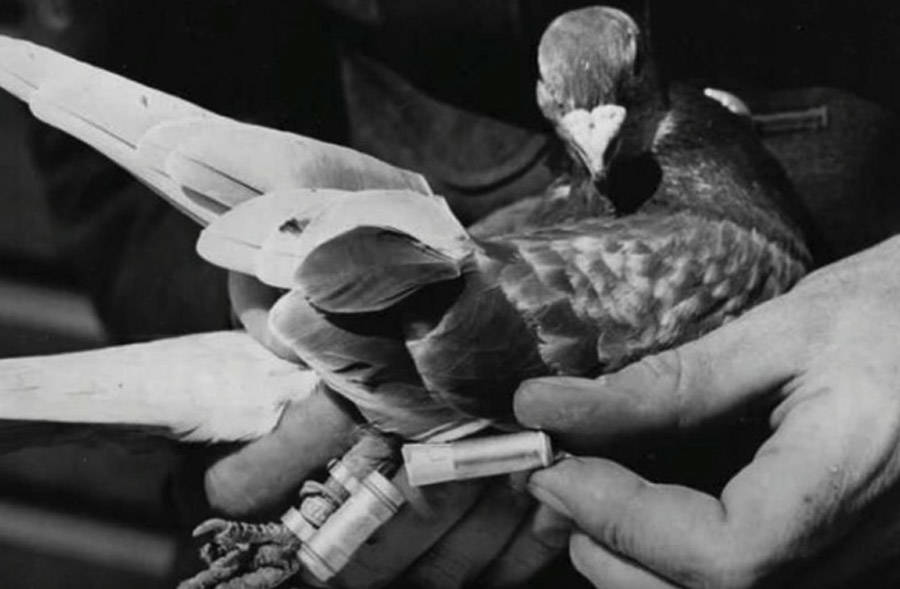
A Hero’s Recovery and Lasting Tribute
After his mission, army medics worked to save the bird who had saved so many lives. Cher Ami was given emergency care, and though his leg could not be saved, he was fitted with a tiny wooden replacement. He became something of a celebrity, celebrated not just by the American military but by the public back home.
Video:
How a pigeon (Cher Ami) helped save the ‘Lost Battalion’ (WWI) (France) BBC News – 21st January 2021
For his bravery, Cher Ami was awarded the Croix de Guerre with Palm, one of France’s highest military honors. His story was published in newspapers, and he was hailed as an international hero.
Sadly, Cher Ami passed away in June 1919, just months after returning to the United States. But his memory was preserved. He was taxidermied and is still on display at the Smithsonian Institution in Washington, D.C., where visitors can see the one-legged pigeon who defied death and changed the fate of a battalion.
Legacy of Loyalty and Bravery
Cher Ami’s story stands as a testament to loyalty and the unexpected forms that heroism can take. In a world filled with steel tanks and mighty armies, it was a small, wounded bird that flew through gunfire and saved lives.
Today, his tale is taught in military history classes and remembered as one of the most remarkable examples of animal bravery in war. His name, which means “dear friend” in French, could not have been more fitting.
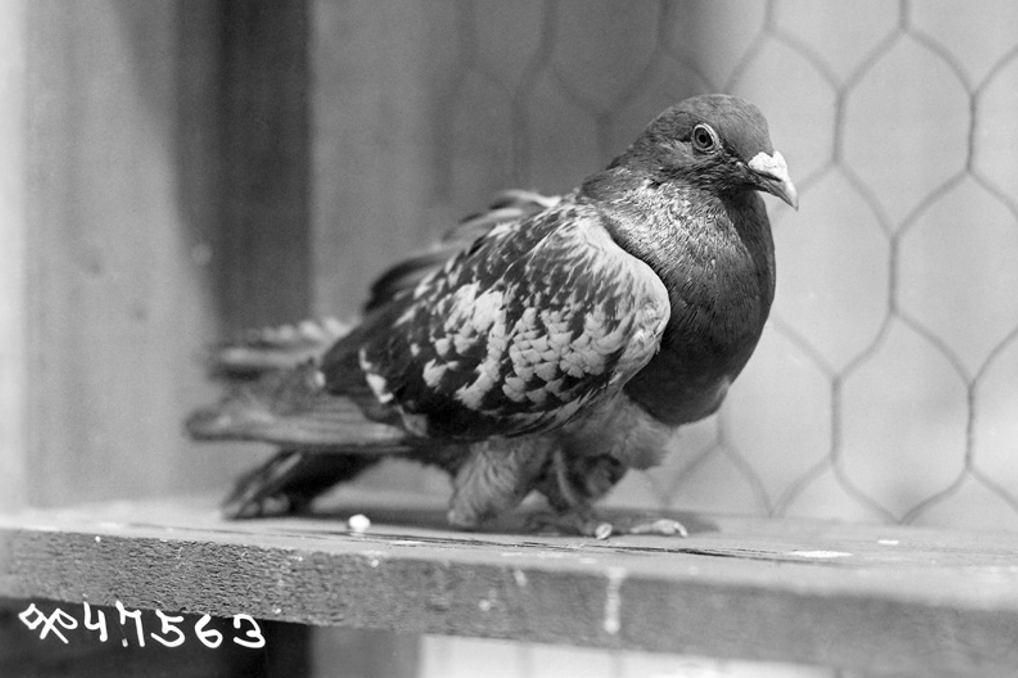
Conclusion: More Than Just a Pigeon
In war, most heroes wear uniforms and carry rifles. But Cher Ami wore feathers, carried a message, and gave everything he had for the soldiers who depended on him. He didn’t know politics or strategy. He only knew his job and he did it, even as he bled and faltered.
His legacy is more than a story of survival. It is a story of determination, sacrifice, and the quiet, often overlooked power of service. In the Smithsonian today, he stands frozen in time, but the message he carried still echoes: even in war, hope can fly on the wings of the smallest among us.
